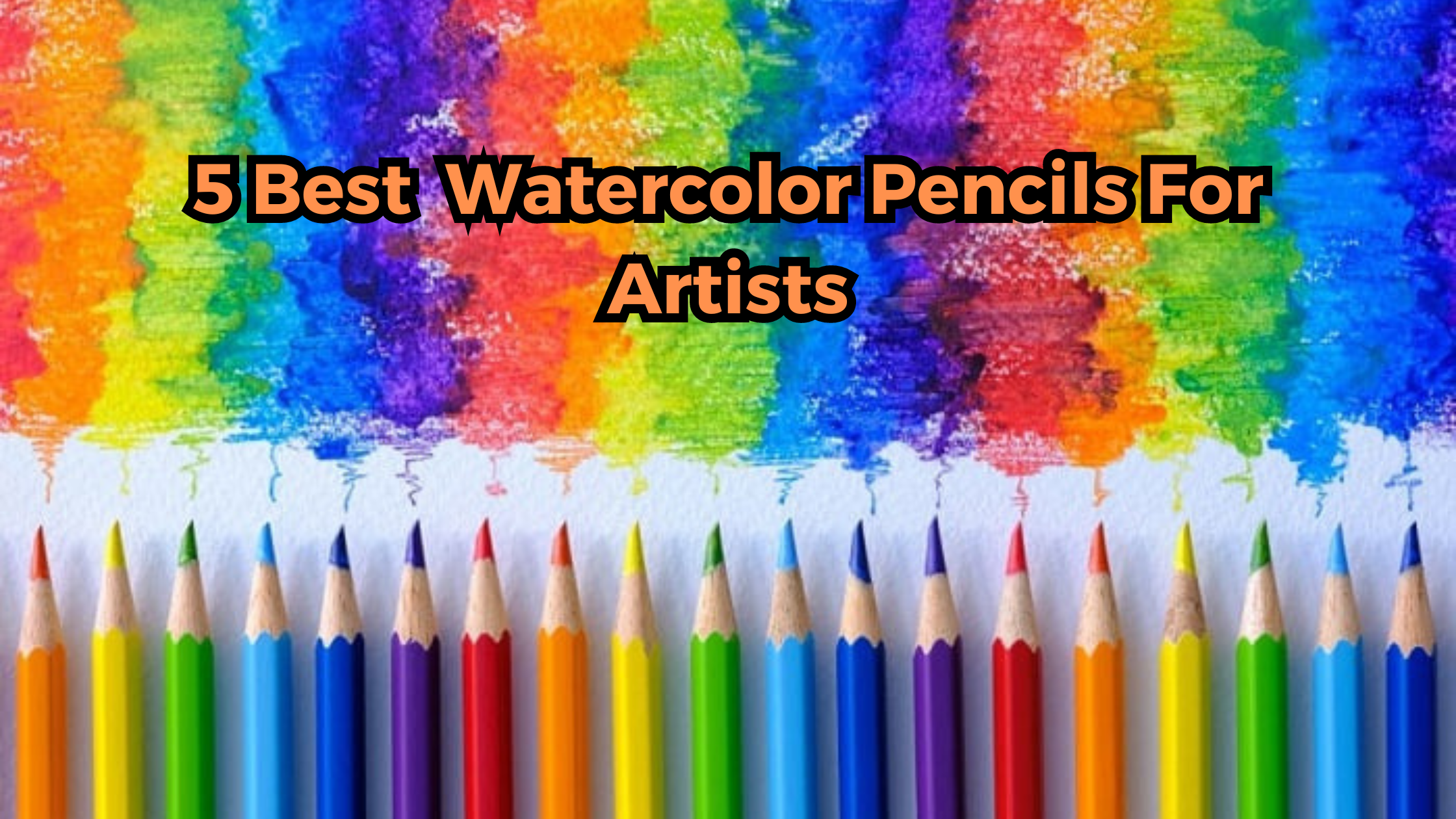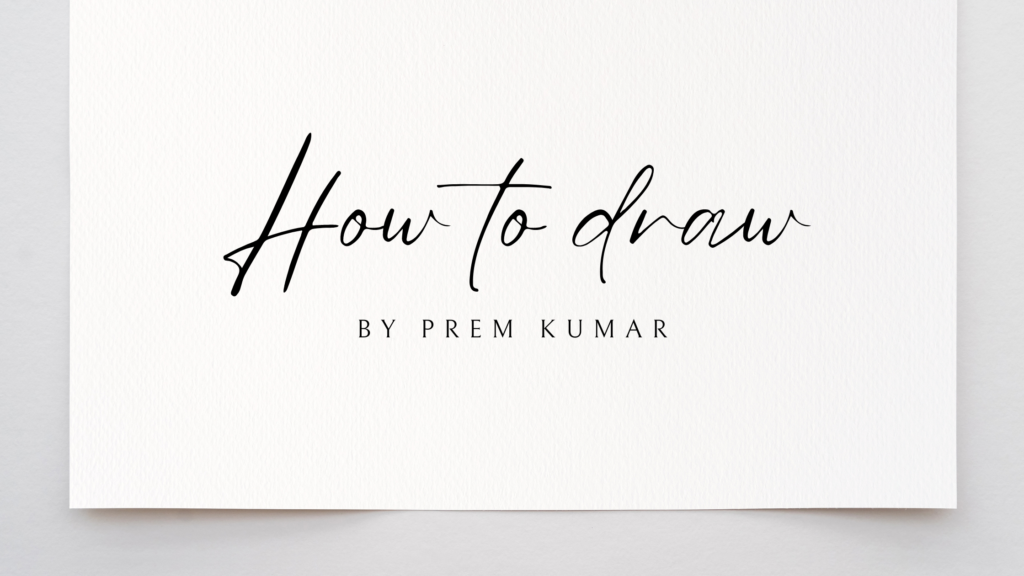Watercolor pencils are a unique and interesting medium for artists who enjoy the versatility of both drawing and painting. With a decade of artistic expertise, I’ve experimented with a variety of tools and approaches, but watercolor pencils have always maintained a special place in my heart. In this detailed tutorial, I’ll delve into the world of watercolor pencils and give my opinions on the best possibilities on the market to assist fellow artists in realizing their full creative potential.
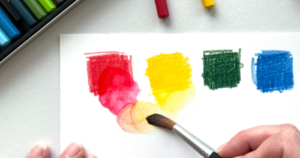
Understanding Watercolor Pencils
Watercolor pencils are a cross between colored pencils and watercolors. They are colored pencils with water-soluble pigments that allow artists to create dynamic and colorful watercolor effects. When water is applied to the drawn lines, it transforms them into gorgeous watercolor washes.
Consider the Following Factors
1. Pigment Quality: The pigments are the heart of any artistic medium. When it comes to watercolor pencils, go for those that have high-quality pigments. This results in rich, bright hues that retain their vibrancy even after being activated with water.
2. Lightfastness: Lightfastness is essential for artworks that are supposed to survive the test of time. Select watercolor pencils with high lightfast ratings to ensure that your masterpieces retain their brightness over time.
3. Blendability: Smooth blending is a distinguishing feature of high-quality watercolor pencils. Look for pencils that blend easily, allowing you to create a smooth transition of colors and tones in your artwork.
4. Water Solubility: The degree to which a watercolor pencil dissolves in water differs across brands. Experiment with different pencils to find ones that have the right level of solubility for you, whether you prefer bold, clear lines or delicate, diffused effects.
5. Paper Compatibility: The paper you use can have a big impact on how well your watercolor pencils work. To avoid warping and to ensure that the colors combine nicely, choose a heavyweight, watercolor-specific paper.
Top Watercolor Pencils for Artists
1. Derwent Inktense Watercolor Pencils:
Derwent Inktense pencils are popular among artists because of their rich and strong hues. When triggered with water, these pencils turn into ink-like colors that dry permanently. Because of their vast color range and lightfastness, they are an ideal choice for both beginning and experienced artists.
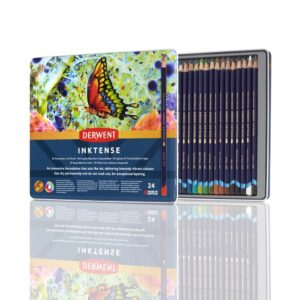
2. Faber-Castell Albrecht Dürer Watercolor Pencils:
Faber-Castell Albrecht Dürer Watercolor Pencils: Faber-Castell is synonymous with high-quality art supplies, and their Albrecht Dürer watercolor pencils are no exception. These pencils have a high pigment concentration and provide excellent color vibrancy. They blend well, and the set offers a variety of distinctive colors not found in other collections.
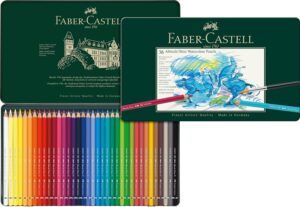
3. Caran d’Ache Supracolor Soft Aquarelle Pencils:
Caran d’Ache is a Swiss company known for creating high-quality art supplies, and their Supracolor Soft Aquarelle pencils are no exception. These pencils have a creamy feel that makes them a pleasure to work with. The watercolor effects produced by these pencils are both subtle and spectacular, and the lightfastness assures that your artwork will last.
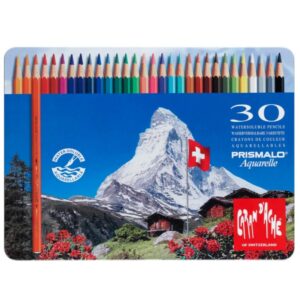
4. Prismacolor Water-Soluble Colored Pencils:
Prismacolor is a well-known brand in the art world, and its water-soluble colored pencils are an excellent choice for artists looking for a smooth, blendable experience. These pencils have a soft core that smoothly lays down rich color, and they respond nicely to water, generating gorgeous watercolor effects.
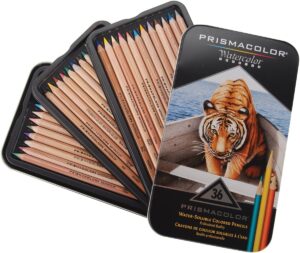
5. Winsor & Newton Watercolor Pencils:
Winsor & Newton, a name famous for paints, also makes watercolor pencils. These pencils, known for their lightfastness and high-quality pigments, allow a smooth transition from a dry pencil to a brilliant watercolor wash. The color palette is large, catering to a wide range of artistic tastes.
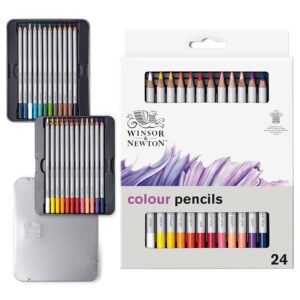
Watercolor Pencil Techniques
1. Experiment with approaches: Watercolor pencils allow you to explore a variety of approaches. Experiment with layering, lifting, and dry-on-dry techniques to get the full variety of effects available with these versatile pencils.
2. Use a Variety of Brushes: Different brushes produce different textures and effects. To expand your creative options, invest in a selection of brushes, ranging from fine detail brushes to larger wash brushes.
3. Begin with a Light Touch: When using watercolor pencils, begin with a light touch. You can always add additional color later, but starting light gives you more control and keeps the pigment from overpowering the paper.
4. Try with Different Papers: Don’t be scared to try out different types of watercolor paper. Each paper has a distinct texture and absorbency that affects how the watercolor pencils interact with the surface.
Conclusion
Watercolor pencils provide a bridge between drawing and painting, opening us to a world of artistic possibilities. As a seasoned artist, I can attest to the delight and inventiveness that these flexible instruments offer to the creative process. Whether you’re an experienced artist or just getting started, investing in high-quality watercolor pencils is a step toward discovering new levels of creativity. Explore the recommended brands, try out different techniques, and let your creativity run wild as you create vivid, watercolor-infused artwork. Have fun crafting!
Read also:- Watercolor Pencils: A Guide to Choosing the Best for Your Art
To learn more about art, visit SILPAVAT.IN

